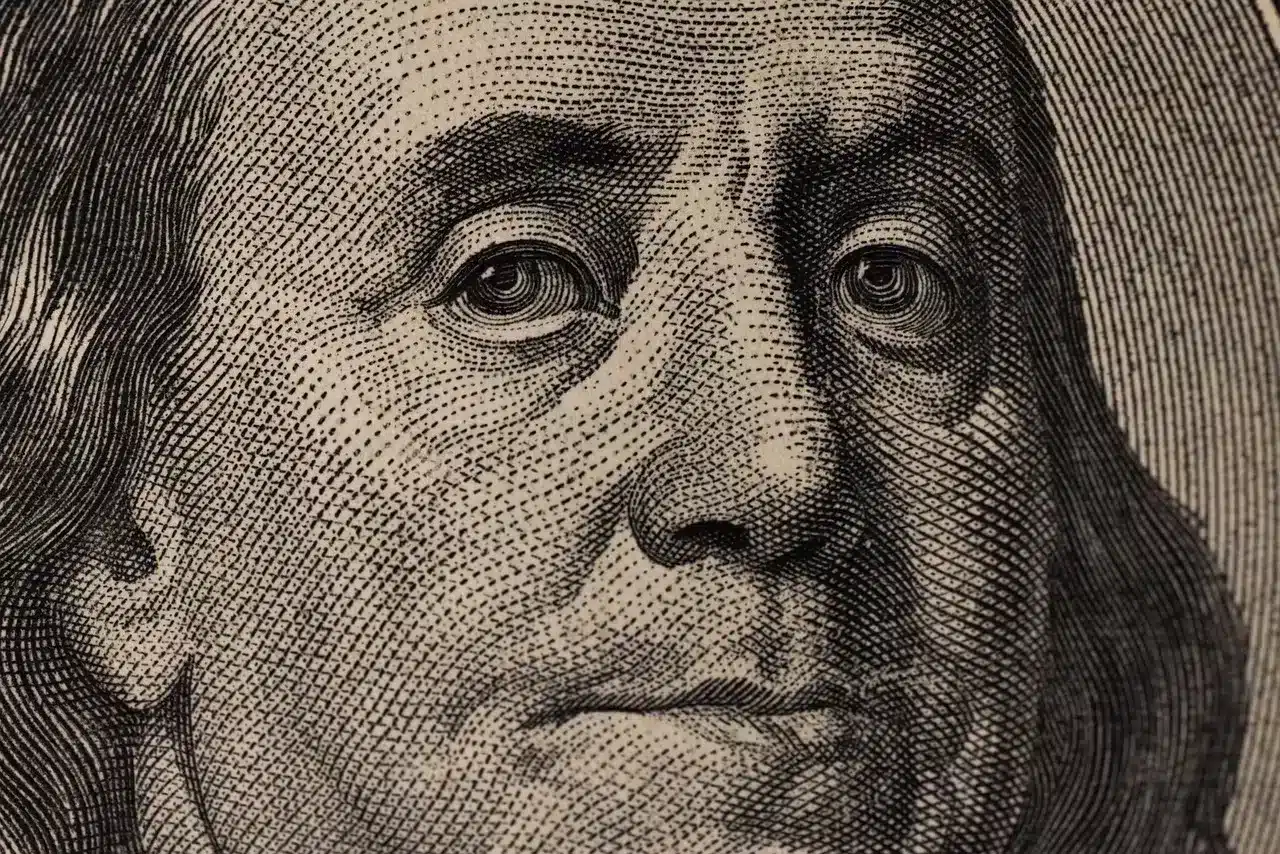The path of least resistance for the dollar continues to lead upwards, supported by strong economic readings and market uncertainties about the scale and timing of future interest rate cuts by the Federal Reserve. The Polish zloty did not escape global trends and lost 1% against the American currency.
Key points:
– The PLN is once again weaker due to global trends.
– USD is benefitting from bets on a Trump victory.
– US economic data suggests that the economy is growing.
– European Central Bank (ECB) has cut rates, and Lagarde suggests more cuts.
– Inflation in the UK fell below the Bank of England’s target.
US economic reports continue to surprise on the upswing, and political agitation mainly backs the dollar as a safe haven. While many G10 currencies ended the week at nearly unchanged levels, the growing concerns about Trump’s improved chances significantly hurt emerging market currencies, especially those of Latin America.
As we approach the day of the presidential elections in the USA, polls and betting platforms will increasingly affect the forex market – playing an equal or even more significant role than key economic reports and central bank decisions. The only significant publication this week will be preliminary PMI indicators of business activity from various countries. The most important will be those for the euro zone, which last month showed that its economy is on the brink of recession and which are essentially the only current reliable indicator of economic activity. Besides, investors will closely follow political forecasts, to see whether Trump maintains better results. He seems to currently have the edge in most swing states, but it is small.
PLN
The złoty remains entangled in global trends. As a high-beta currency, it experienced a selloff against most emerging market currencies and other regional currencies, succumbing to the strength of the dollar, against which it lost 1%. Weaker arguments for easing monetary policy in the USA and increasingly strong arguments for it in the eurozone weighed on the EUR/USD exchange rate, also dragging down the zloty. However, in relation to the benchmark euro, it is still holding up fairly well and has remained in a sideways trend for many months.
Investors essentially ignored domestic readings. High inflation means there is no topic of cutting rates this year – the market is preparing for cuts in 2025. However, the recent monthly data on the current account balance caused surprise – deficits are in a broad context slightly negative information for the złoty. This week will bring many readings, among which the most important will be retail sales (Tuesday, 22.10), which is a key proxy for consumption. The Polish currency should, however, be most strongly influenced by information from abroad. In the upcoming weeks, the US presidential elections will test the aforementioned many-month sideways trend of the EUR/PLN rate. Trump’s chances of winning seem to be increasing, which is not good news for the złoty.
EUR
The European Central Bank last week, as expected, cut interest rates. The accompanying statements suggest that the bank had been influenced by poor economic data from the eurozone and signs that inflation had returned to the target. The President, Christine Lagarde, continued to stress that further cuts would depend on data, but markets are not convinced and price in almost full reductions at several subsequent meetings, not excluding the possibility of a 50 bp move.
Given the scale of the movement on the interest rate market, the euro coped rather well, ending the week with a slight fall against similar currencies, which may suggest it is touching a bottom. This view will be put to the test on Thursday (24.10), when PMI indices for business activity will be published, which are currently on the verge of signaling a contraction in the economy of the euro zone.
USD
Trade linked to the US presidential elections has become clear: markets expect that a Trump victory will mean a strong appreciation of the dollar due to increased protectionism and lower taxes prospects, whereas a Harris victory would mean limited currency falls due to less market and geopolitical uncertainty. The value is now dependent on changes in polls to a greater extent than secondary data from the last week, even though they paint a picture of a strong economy far from recession.
This week will be the second in a row without key economic reports from the US, so trade will depend primarily on polls and betting platforms on the one hand, and messages from the Federal Reserve on the other. We will be looking for further hawkish signals from the bank – FOMC officials currently seem to be convincing the markets that from now on, US interest rates will be cut at a more gradual pace.
GBP
The pound is achieving new eight-year highs against the euro – supported by strong economic data and the gradual dispelling of fears about trade disputes with the UK’s largest trading partner, the EU. Last week’s September inflation report showed lower-than-expected inflation, August and September employment and wage data, however, remained quite strong, and retail sales were significantly above expectations last month, confirming the resilience of domestic consumer spending.
While the positive arguments for the strength of the pound remain in force, we see increased risk for the currency in the near future. Last week’s inflation data not only almost guarantee another interest rate cut in November but also increase the risk of a dovish shift in bank rhetoric. The October budget announcement – the first of this term for the new Labour government – could also lead to a pound sell-off if planned tax increases go further than the market currently expects.
Authors: Enrique Díaz-Alvarez, Matthew Ryan, Roman Ziruk, Michał Jóźwiak –Ebury analysts
Source: https://ceo.com.pl/dolar-zyskuje-na-rynkowych-wycenach-wygranej-trumpa-37474
